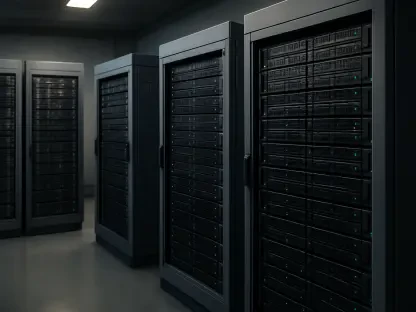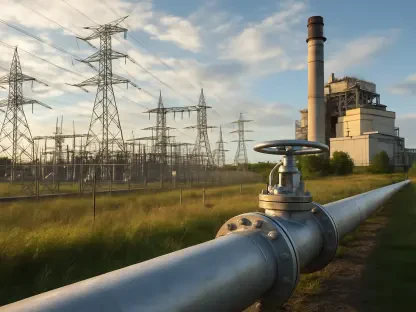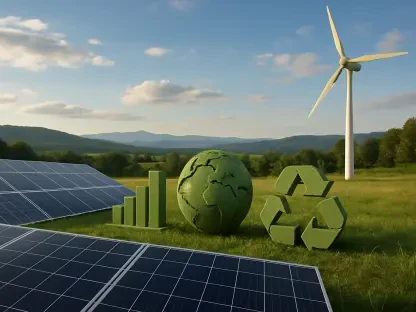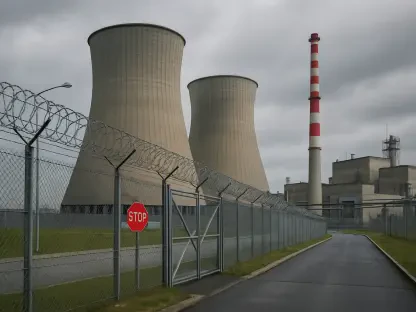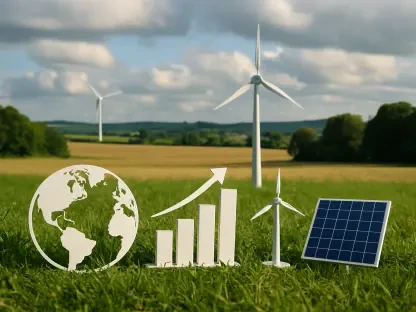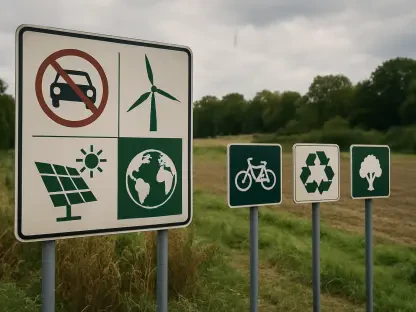Solar energy can undoubtedly change the future in many ways. It can make energy production safer and cleaner, create more jobs, and make the Earth a safer place by allowing people to thrive while protecting the planet. Solar energy is no longer just a new idea; it is now a big part of all future plans.
In the U.S., solar energy has evolved from a relatively new idea to being a core part of the national energy policy. This development is probably because sunlight is always available. Federal and state policies, new solar technologies, and growing consumer needs also feed its growth. Solar energy is now part of a bigger shift toward a diversified energy system that will probably focus on long-term advantages and sustainability. Here are seven facts about solar energy that show how this clean power source will probably alter the future for good.
Solar Energy Can Fuel Sustainable Economic Growth
There is a growing need for clean energy in the U.S., and solar is an important part of that. The clean energy industry is already making hundreds of billions of dollars and will make even more money in the future.
At the core of this transformation, America has the chance to lead the world in its move to clean energy by investing in clean energy technologies and developing new ways of harnessing them. Countries that now lead in developing, creating, and using clean technologies will undoubtedly reap the benefits in the future. The U.S. has many alternative energy sources—from solar to wind, geothermal, and beyond—making it a top player in the field.
According to the U.S. Department of Energy, it “will continue to drive strategic investments in the transition to a cleaner, domestic and more secure energy future.”
Solar Energy Promotes a Healthier Environment
Unlike fossil fuels, solar energy provides us with power without air pollution or emissions. This can improve air quality and public health overall. Data shows that during the first half of 2020 alone, the use of solar energy prevented 96 million metric tons of CO₂ emissions—like removing the use of more than 20 million cars for a year.
Equally important is the fact that solar energy production also saves water. Traditional energy sources, like coal or nuclear, need a lot of water to cool down. Solar, on the other hand, does not need water to make power, easing the load on water supplies.
American Solar Use is at a Record High
Solar use in the U.S. has grown very quickly. In 2025, the country will have installed an astounding 248 gigawatts of solar power—enough to run more than 41 million homes. Since 2000, the solar field has grown by 28% on average each year, a very high rate.
There are a few reasons for this rapid growth: government help by implementing policies like the Investment Tax Credit (ITC), tax cuts for homes with solar panels, and the fact that installation costs are now dropping. The need for clean energy is increasing, which is another important factor that may explain the growth.
Solar Energy is a Major Job Creator
Solar energy is not just about going green; it is also about finding new opportunities. As of 2023, about 280,000 Americans work in the solar field, and this number keeps growing. The U.S. Bureau of Labor Statistics has nominated the installation of solar panels as one of the fastest-growing jobs in the country.
Solar energy provides Americans with full-time, permanent jobs for locals, as well as project-based jobs during construction.
The American Solar Energy Industry is Now a 50-state Market
Solar power is no longer confined to sunny states like California. The solar energy rush has extended to every part of the U.S. As of Q1 2025, Texas had the most new solar power of any state, with 2.6 GW. Puerto Rico and 34 other states have put in at least 1 GW of solar power altogether, compared to just three states having accomplished this 10 years ago.
The rise of solar in all 50 states shows it is a big part of the future of energy. It’s not only about being on the coast or being liberal – it actually goes beyond geography, politics, and demographics. In the past, areas like California and Arizona were among the few to adopt solar energy, but now, more and more places are joining in.
Solar Energy Connects Energy and Ecology
Solar energy projects that have more than one use are a new and better way to approach solar energy. These projects not only generate electricity but also integrate energy production with agriculture, conservation, and ecosystem restoration efforts.
Some solar farms are now used as pollinator habitats, improve soil quality through regenerative agriculture, and preserve biodiversity through enhanced vegetation management. In other words, they improve agriculture and help the environment while also producing clean energy.
Dual-use solar creates economic value while simultaneously addressing environmental challenges. Moreover, it also helps the people who live in the areas where these projects are now being developed.
Harnessing the Sun Just Makes Sense
Johanna Neumann of the Environment America Research & Policy Center may have said it best: “The sun shows up for free every day, and we can harness its pollution-free energy to power our lives more efficiently and affordably than ever before. In 2025, getting our electricity from the sun just makes sense.” This simple fact emphasizes the real advantages of solar power: it is both inexhaustible and free.
New technologies have made the price of solar energy drop in the last ten years. It is now almost always less costly than electricity generated from coal or gas, mainly in places with a lot of sun. Reduced prices, along with growing environmental concerns, now make solar power a smarter choice.
Conclusion: Solar’s Lasting Impact
Solar energy means a lot more than just clean power – it is a force that will probably transform the economy, environment, and energy landscape of the U.S. and beyond. From creating new jobs to promoting a healthier environment, solar energy can be very beneficial to our future.
The seven facts listed above show why the future of solar energy is brighter than ever. With support, new technologies, investments, and more people adopting it, solar energy can be the way to a better world.


